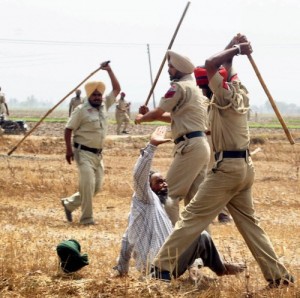We all have to continue taking regular steps in our journey to better and better English communication skills. In this post, we learn a new phrase, “A sitting duck” and see how it is used in English communication, whether social, personal or professional.
A sitting duck draws from a duck analogy. It means something which is very vulnerable, very easy to attack or criticize. Just as a duck is the most harmless creature offering zero chances of retaliation when attacked, so does a sitting duck offer almost no risk of retaliation. Also, if the duck is swimming, attacking it might be difficult because it is in motion but if it is sitting, then it is probably the easiest prey.
This, therefore, is the defining characteristic of a sitting duck. Something which is very easy to attack without any risk of a counter attack.
Let’s take some examples:
- In the initial phase of Kargil war, Indian soldiers who tried to climb the heights were sitting ducks for the enemy who was sitting on advantageous positions with a lot of arms and ammunition. All initial approaches resulted in heavy casualties.
- Without proper training, right information and advanced weapons, CRPF jawans were sitting ducks for naxals who killed them in huge numbers.
- Indian cricketers pile up centuries after centuries on the slow pitches in India but become sitting ducks on the fast and bouncy pitches in South Africa or Australia.
- Unorganized laborers, rickshaw pullers and pan shop owners are sitting ducks against intimidation and extortion by rogue police men.
- Some people fear that small kirana shop owners would be sitting ducks for big international retail firms but this fear seems unfounded. We already have big retail firms in Reliance Retail, Big Bazar etc who are capable of everything that Walmart and other international firms would be.
